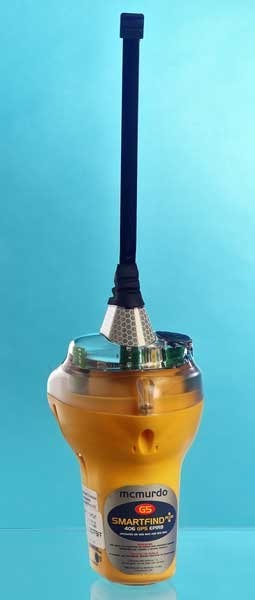IS A CELL PHONE ADEQUATE PROTECTION 
You’re on your boat and you are in distress….
Cell phones are no substitute for modern GPS-equipped 406 EPIRBs or PLBs. They must be within range of a tower, often are not waterproof, and don't give a continuous signal that will be picked up by an RDF on a rescue vessel. However, if you have a signal, and the circumstances allow cell phone use, do it. A better alternative may be to use your properly connected, programmed, and registered VHF if in range, which will tell the Coast Guard who you are, and what boat you are on. Depending on the nature of your distress, the Coast Guard may have you shift communications to a cell phone, or activate your EPIRB or PLB, to assist in locating you and to be sure they don't lose contact if your cell phone or VHF dies or you lose the signal.
Consider the EPIRB.
Thanks to a proven track record of high reliability, EPIRBs remain a top choice for sending out an emergency signal to SAR personnel today. Since EPIRBs interface with Cospas-Sarsat international SAR (search and rescue) satellites that calculate your position via GPS, triangulation, or a combination of the two, they are essentially unlimited in range. EPIRBs are also equipped with a strobe light for quick visual acquisition, can be activated either manually or automatically, are required to float and be completely waterproof, and can be mounted with hydrostatic releases.